Among the events that may represent a risk for the marine protected areas there are not only spillages of pollutants due to maritime accidents, but also contaminations caused by actions for the maintenance or the enlargement of the port areas. This leads to the need of finding solutions and means to protect the MPA, allowing port activities: this is the core of the Italian-French project called IMPACT – Impatto Portuale su aree marine protette: Azioni Cooperative Transfrontaliere.
The project, which is included in the Program Interreg Italia-Francia Marittimo 2014-2020, wants to support plans of transboundary actions for the protection of the MPA, allowing at the same time the development of ports. Both MPA and ports are the basic elements of the Blue Growth, the long term strategy, at European level, to support a sustainable growth in the marine and maritime fields.
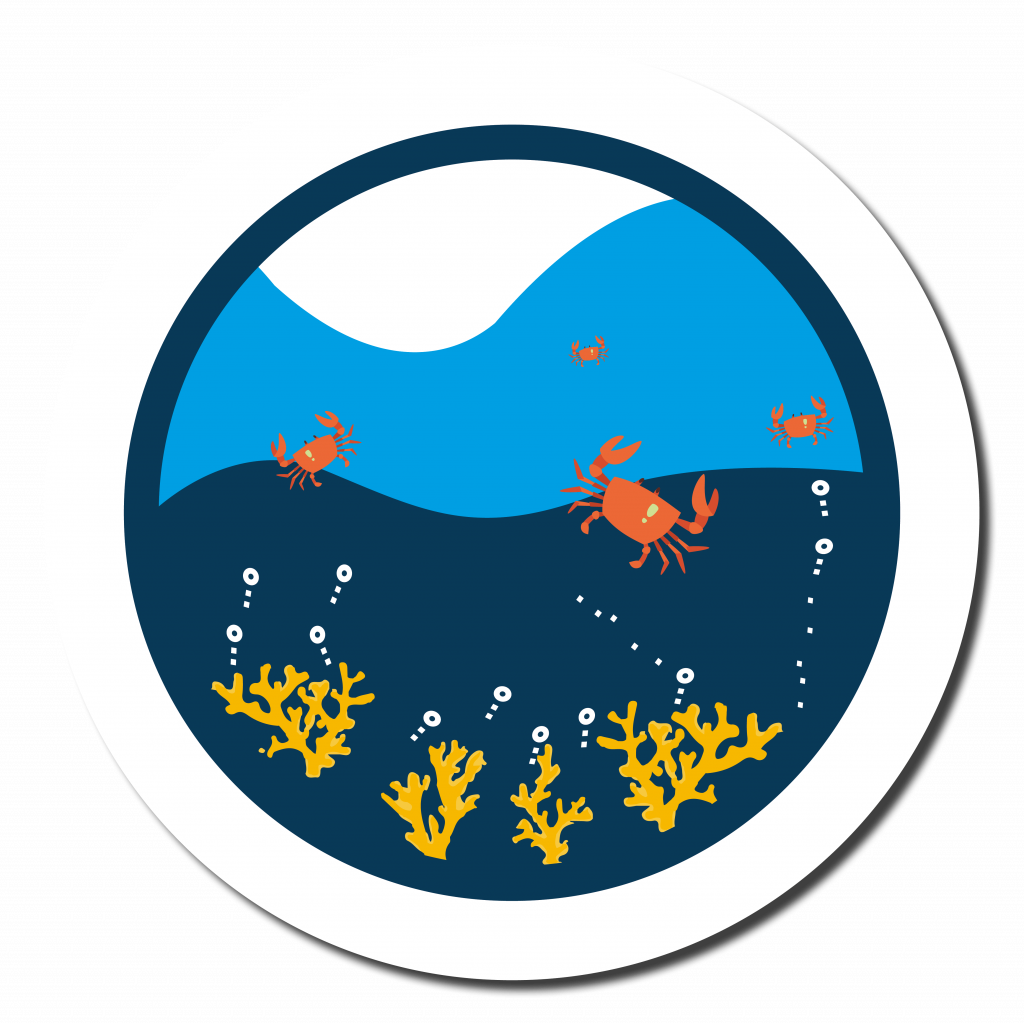
The IMPACT project is based on a new and multidisciplinary plan of modeling and monitoring that requires studies and measures in the marine protected areas of Meloria, Cinque Terre, Port-Cros and Porquerolles, Sea Park of Cap Corse and Agriates recently established. The study of the marine currents with the field monitoring and laboratory testing will allow to highlight the importance of correct sizing of a MPA, for the effectiveness of protection actions. The aim is to propose standards of different and dynamic zoning, to support both the protection of the environment and the economic development.
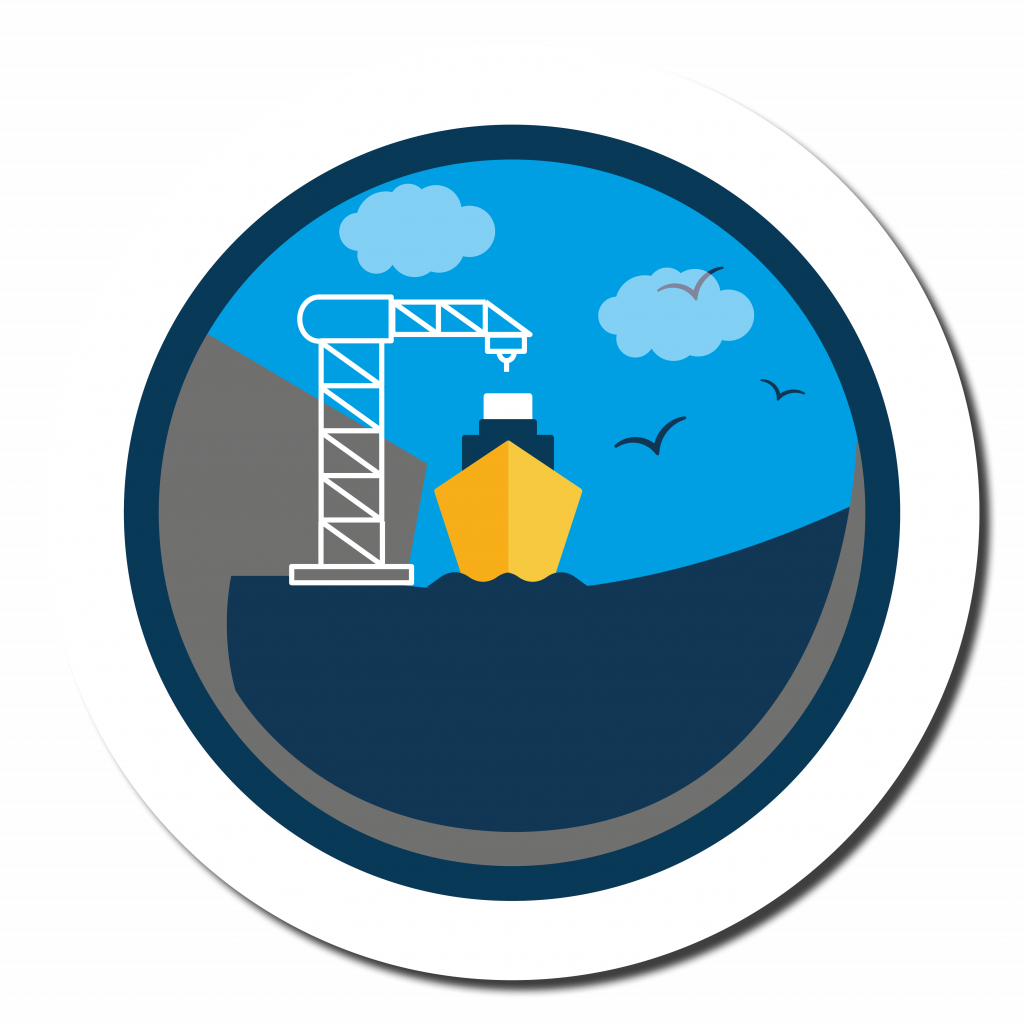
Within the cooperation area, characterized by an high concentration of port areas (lots of them still on progress), four study areas have been identified in the ports of Toulon, Bastia, La Spezia and Leghorn, located near Marine Protected Areas (MPA). The goal of the project is to develop a monitoring network, that allows to understand the potential dispersion of pollutants from ports, and to reduce damages to ecosystems of MPA.
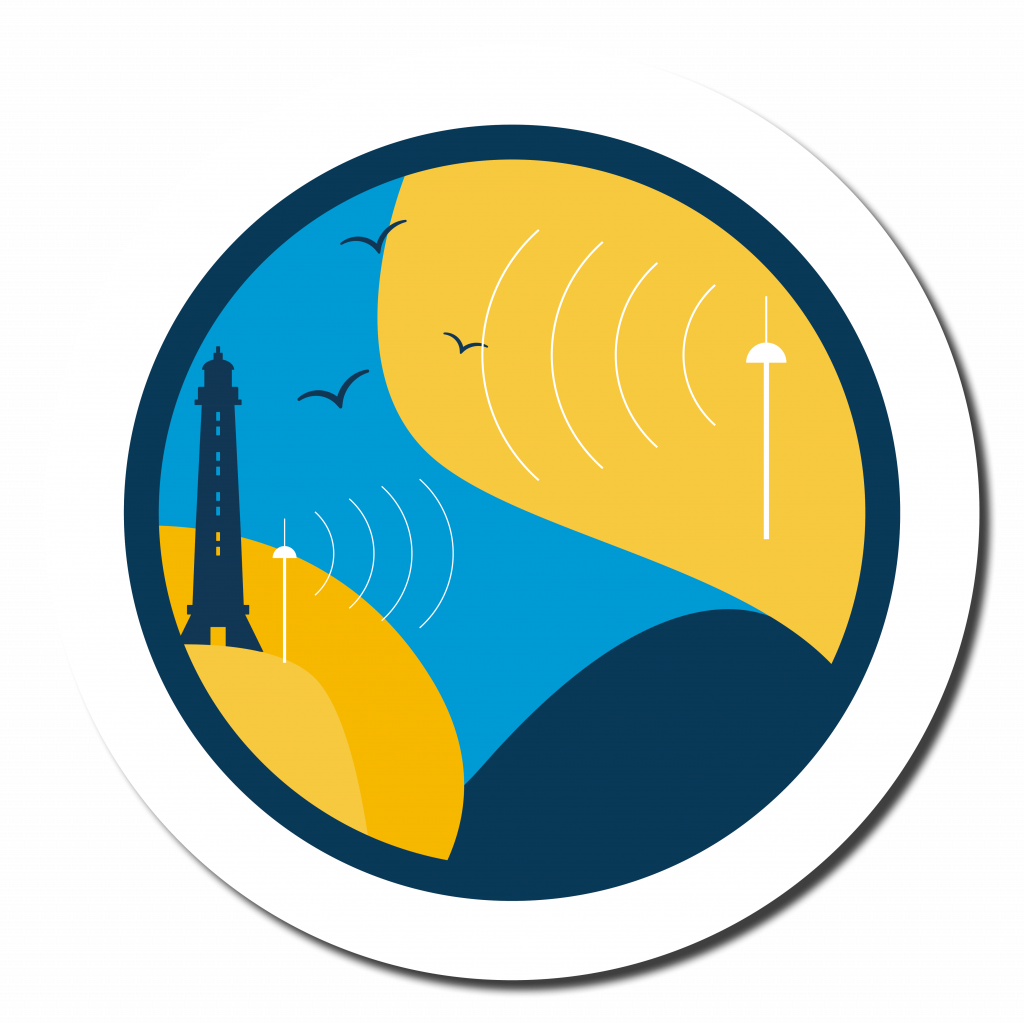
HF radar is a remote sensing tool that continuously measures surface marine currents, tens of km far from the coast, with resolutions of the order of kilometre.
IMPACT contributes to the development of a transboundary network for measures and monitoring of the marine currents. The aim is to validate the information about currents, obtained by hydrodynamic models. The combined information allows to increase the accuracy in estimates of pollutant dispersion from potential sources.
In particular, the synergy with the Interreg project SICOMAR plus will make it possible to realize the most important HF radar coverage of a European marine area. The HF radar network will give an oceanographic characterization of surface currents in the transboundary area.
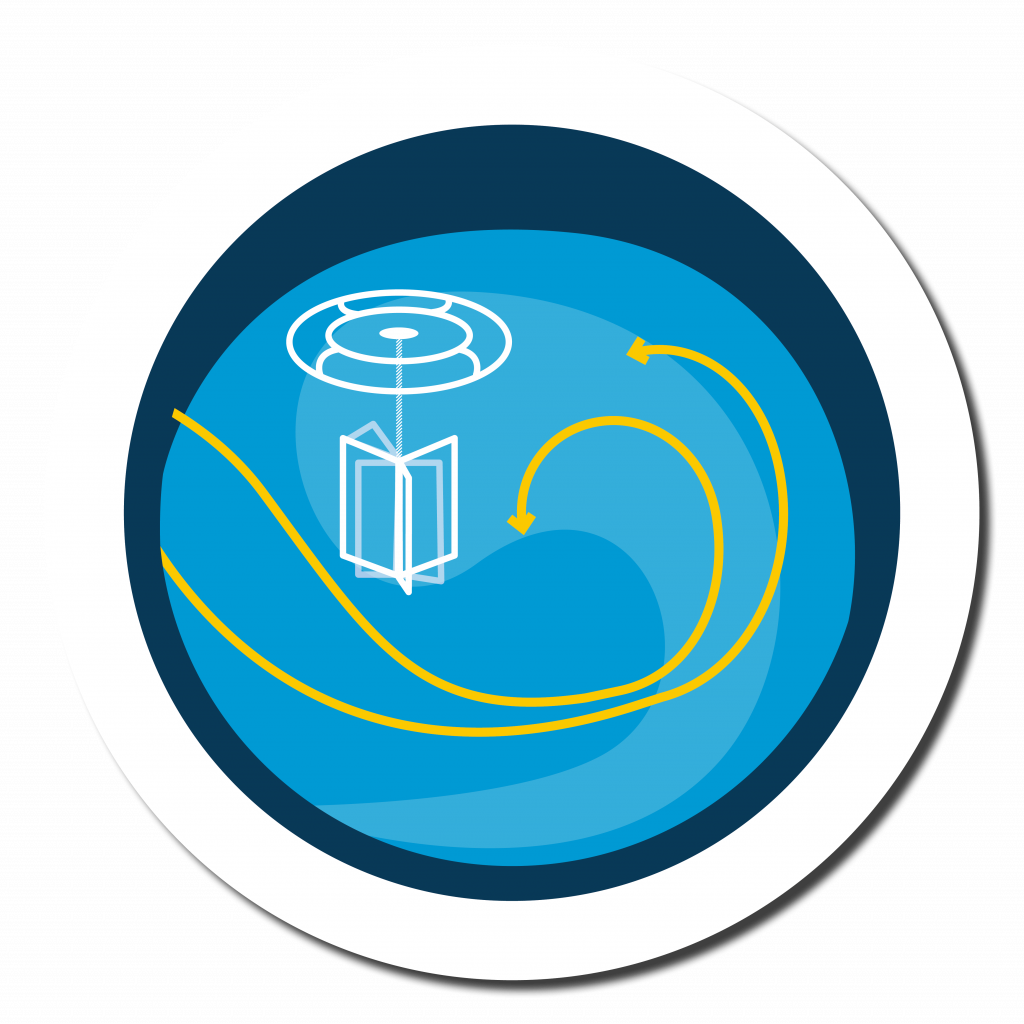
As part of the oceanographic measures, direct information, regarding the transport of the marine currents between ports and MPA, are achieved by using the drifter. This floating buoy moves freely, pushed by surface currents, and its position is detected via satellite. The project has financed the purchase of dozens of drifters, and it has supported oceanographic campaigns for their distribution and tracking in the transboundary marine area.
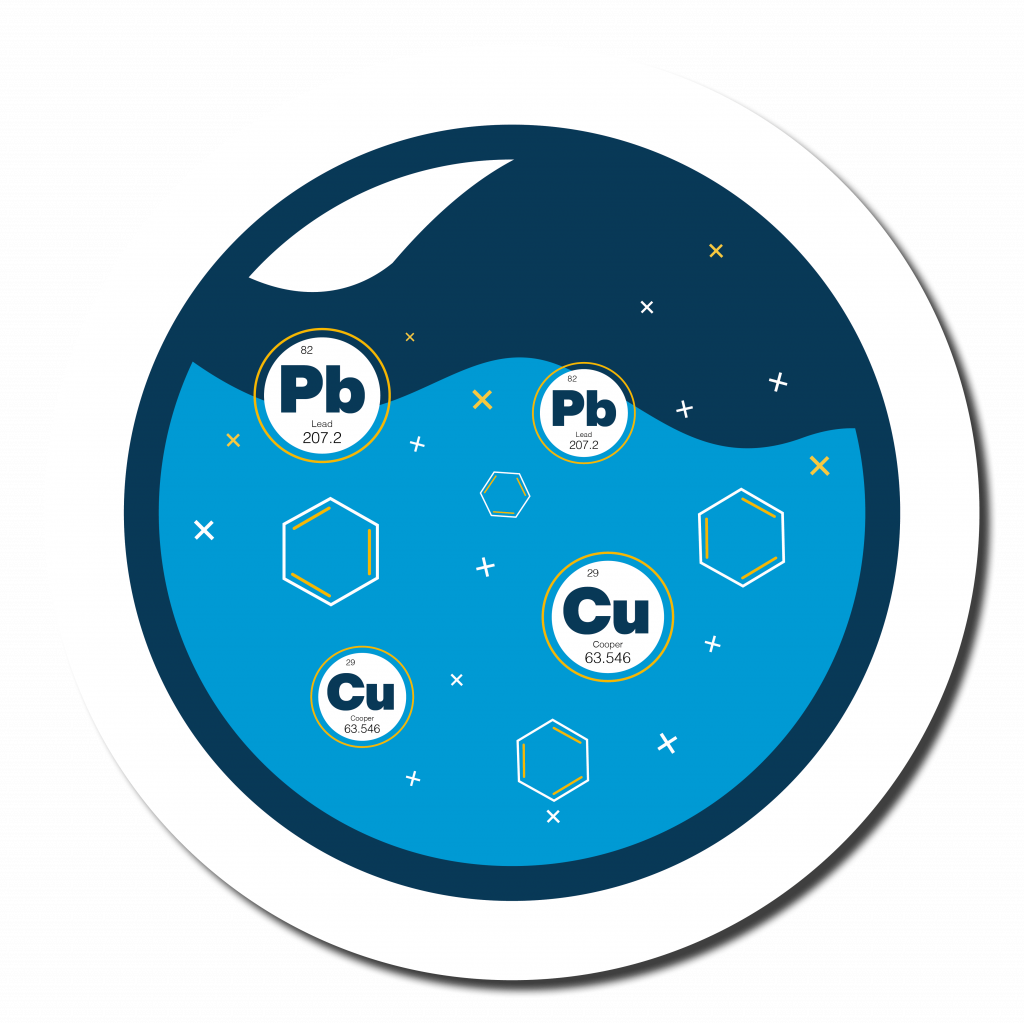
Polluting spillage at sea is an event of critical environmental relevance. The intervention of authorities, in order to reduce damages, is linked to the availability of forecasting tools. These tools provide information on possible directions pollutants can spread to. The accuracy of the forecast, based on dispersion models, benefits from the integration of hydrodynamic models output with direct observations of marine currents, obtained by HF radar and drifter. IMPACT promotes this new approach, by applying it in the four study areas, in order to build the foundation for better protection of MPA and to promote the implementation of transboundary plans.
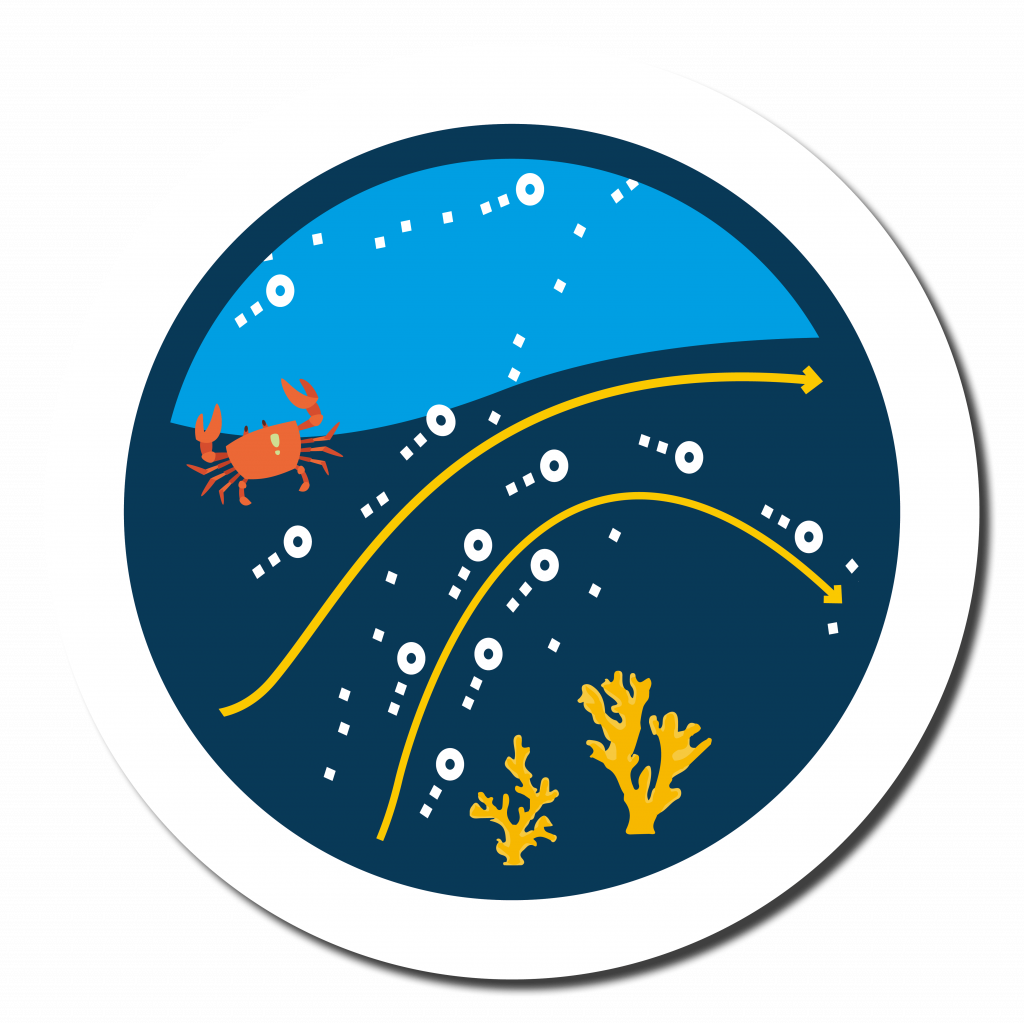
Marine currents can be compared to a river which moves large bodies of water, for long distances with a constant speed. They can develop on the surface or in depth, and they can carry phytoplankton and zooplankton (including eggs and larvae of marine organisms) to different areas. The study of currents is therefore essential to understand how they can affect the distribution of a number of organisms. The IMPACT project has made it possible to monitor two organisms, Pachygrapsus Marmoratus and Paramuricea Clavata, through genetic and biological studies. This information plus the study of currents are aimed at evaluating the ecological retention of MPA, and at improving the understanding of larval dispersion and the connectivity between organisms for reproductive purposes.
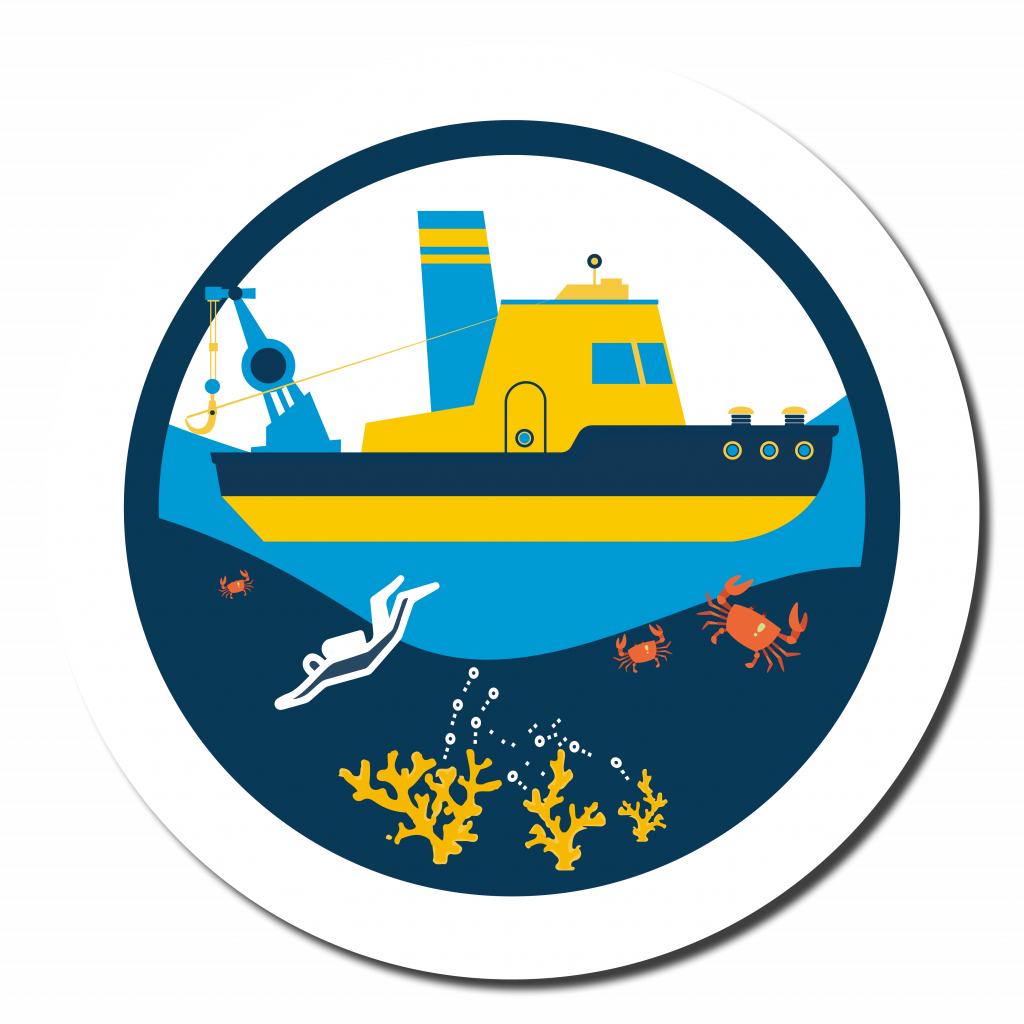
Some partners of the project have contributed to the collection of data and to the monitoring of areas of study, thanks to chemical and biological sampling in the MPA and in ports located nearby. Ecological surveys have allowed to define more precisely the degree of connectivity between populations of Paramuricea Clavata, geographically distant. The monitoring of chemical contamination was made both on organisms, like Pachygrapsus Marmoratus, and on sediment, in order to evaluate potential flows of contaminants, from port areas to MPA.